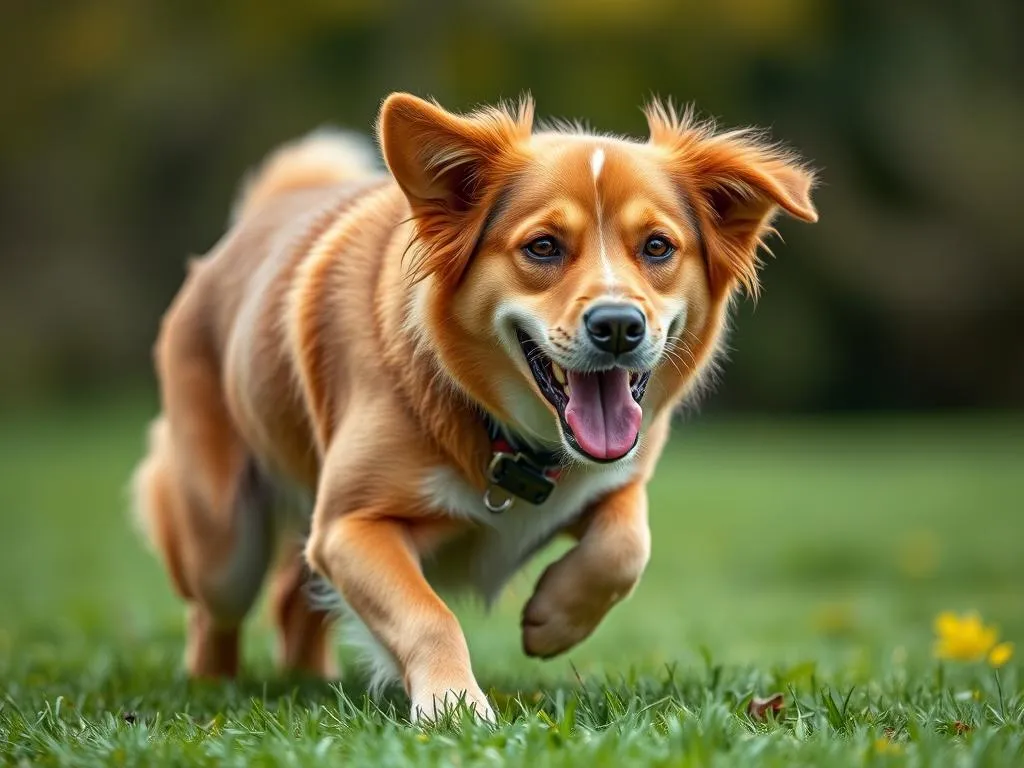
Introduction
Taking care of your dog goes beyond just feeding them and ensuring they have a warm place to sleep. Dog health care is a multifaceted approach that includes nutrition, veterinary visits, grooming, and, crucially, exercise. Exercise is not merely a way to keep your dog entertained; it is a critical component of their overall health and well-being. In this comprehensive guide, we will explore the question of how much exercise does a dog need, the factors influencing their exercise requirements, and the myriad benefits of maintaining an active lifestyle for your furry companion.
Understanding Dog Exercise Needs
Factors Influencing Exercise Requirements
When considering how much exercise does a dog need, it’s essential to recognize that multiple factors come into play:
-
Breed-Specific Characteristics: Different breeds have varying energy levels. For instance, working breeds like Border Collies require significantly more physical activity than smaller toy breeds.
-
Age and Life Stage: Puppies have abundant energy and require frequent, short bursts of exercise, while senior dogs may benefit from gentler, low-impact activities.
-
Size and Weight Considerations: Larger dogs often need more exercise than smaller ones, but weight can also be a factor. Overweight dogs may need to start slowly to avoid injury.
-
Health Issues and Physical Limitations: Dogs with certain health conditions may need customized exercise plans to ensure they stay active without overexerting themselves.
General Guidelines for Dog Exercise
Although individual needs vary, there are some general guidelines to consider:
-
Recommended Exercise Duration and Intensity: Most dogs require at least 30 minutes to 2 hours of exercise daily, depending on their breed and age. Higher-energy breeds may need more intense workouts.
-
Daily Exercise vs. Weekly Exercise Goals: It’s advisable to spread exercise throughout the week rather than cramming all activity into one or two days. Consistency is key to keeping your dog healthy.
-
Importance of Consistency in Exercise Routine: Establishing a routine helps your dog know what to expect, which can reduce anxiety and enhance their overall behavior.
Benefits of Regular Exercise for Dogs
Physical Health Benefits
Regular exercise provides numerous physical health benefits for dogs:
-
Weight Management and Obesity Prevention: Exercise helps maintain a healthy weight, reducing the risk of obesity-related conditions like diabetes and joint issues.
-
Strengthening Cardiovascular Health: Consistent physical activity promotes better heart health and overall stamina.
-
Improvement in Joint Health and Mobility: Regular movement helps keep joints flexible and can alleviate symptoms of arthritis.
Mental Health Benefits
Exercise is also important for your dog’s mental well-being:
-
Reduction in Anxiety and Behavioral Issues: Dogs that are exercised regularly are less prone to anxiety and aggression. They are often calmer and more balanced.
-
Stimulation of Cognitive Functions: Engaging your dog in physical activity also stimulates their mind, helping to prevent cognitive decline.
-
Enhancement of Overall Mood and Happiness: A well-exercised dog is typically a happier dog, showing less destructive behavior and more engagement with their owners.
Socialization and Bonding
Exercise offers opportunities for socialization:
-
Opportunities for Social Interaction with Other Dogs and Humans: Dog parks and group classes are excellent venues for your dog to interact with others, promoting good social skills.
-
Strengthening the Bond Between the Dog and Owner Through Shared Activities: Spending quality time together during walks or play enhances the bond you share with your dog.
Types of Exercises for Dogs
Structured Activities
There are various structured activities you can undertake with your dog:
-
Walking and Jogging: A daily walk is a fundamental exercise that most dogs enjoy. Depending on your dog’s energy, you can increase the intensity by incorporating jogging.
-
Fetch and Ball Games: These games not only provide physical exercise but also mental stimulation as dogs learn to retrieve items.
-
Agility Training: Setting up an agility course can be a fun and challenging way for your dog to stay fit while learning new skills.
Unstructured Play
Unstructured play is equally important:
-
Free Play in the Yard or Dog Park: Allowing your dog to roam freely in a safe area can provide them with the exercise they need while letting them explore their environment.
-
Interaction with Other Dogs: Playdates with other dogs can help maintain your dog’s social skills while providing ample opportunity for exercise.
Mental Stimulation Exercises
Mental exercises are crucial for overall health:
-
Puzzle Toys and Games: These toys challenge your dog’s cognitive abilities and can be a great way to keep them entertained.
-
Training Sessions and Obedience Exercises: Engaging your dog in training not only helps with discipline but also tires them out mentally.
Creating an Exercise Plan for Your Dog
Assessing Your Dog’s Current Activity Level
Understanding where your dog stands is the first step in crafting a suitable exercise plan:
-
Observing Daily Behaviors and Energy Levels: Pay attention to your dog’s energy levels throughout the day. Dogs that seem restless may need more exercise.
-
Tracking Exercise Routines: Keep a log of your dog’s activities to help you determine if they are reaching their exercise goals.
Setting Realistic Goals
Creating a plan tailored to your dog’s needs is essential:
-
Tailoring Exercise Plans to Individual Needs: Consider your dog’s age, breed, and health status when setting exercise goals.
-
Gradual Progression in Intensity and Duration: Start slow and gradually increase the intensity to avoid injury, especially for dogs that are new to exercise.
Incorporating Variety and Fun
Keeping things interesting can help maintain your dog’s enthusiasm for exercise:
-
Mixing Different Types of Activities to Prevent Boredom: Rotate between different exercises to keep your dog engaged.
-
Engaging in Seasonal Exercises: Activities can vary with the seasons, like swimming in the summer or playing in the snow during winter.
Signs of Overexertion or Underexertion
Recognizing Overexertion
It’s crucial to monitor your dog for signs of overexertion:
-
Symptoms to Watch For: Excessive panting, lethargy, and limping are indicators that your dog may be overexerted.
-
Importance of Rest and Recovery: Ensure your dog has adequate time to rest and recover, especially after intense workouts.
Identifying Underexertion
On the flip side, underexertion can also lead to issues:
-
Signs of Boredom and Destructive Behavior: If your dog is chewing on furniture or digging, they may need more physical and mental stimulation.
-
Strategies to Increase Activity Without Overwhelming the Dog: Gradual increases in activity can help prevent overwhelming your dog while providing sufficient exercise.
Special Considerations
Exercise for Older Dogs
As dogs age, their exercise needs change:
-
Adjusting Exercise for Senior Dogs: Older dogs may require shorter, more frequent walks rather than one long session.
-
Importance of Low-Impact Activities: Activities like swimming can be beneficial as they are easier on aging joints.
Exercise for Puppies
Puppies also have unique needs:
-
Appropriate Types of Exercise for Growing Dogs: Short play sessions and gentle walks are ideal for puppies.
-
Avoiding Too Much Strain on Developing Joints: Be cautious with high-impact activities that could damage developing joints.
Health Conditions and Limitations
Understanding any health issues your dog may have is vital:
-
How to Adapt Exercise for Dogs with Specific Health Issues: Dogs with conditions like arthritis may need modified exercises that focus on low-impact activities.
-
Consultation with Veterinarians for Tailored Advice: Always consult your vet for personalized exercise plans, especially if your dog has existing health concerns.
Conclusion
Understanding how much exercise a dog needs is fundamental to their health care and overall happiness. Regular exercise not only benefits their physical health but also enhances their mental well-being and strengthens the bond between you and your furry friend. By evaluating your dog’s individual needs, setting realistic exercise goals, and keeping their routines varied and fun, you can ensure that your dog leads a healthy and fulfilled life. Prioritize exercise as a key component of your dog’s health care routine, and consider consulting your veterinarian for personalized advice tailored to your dog’s specific requirements.









